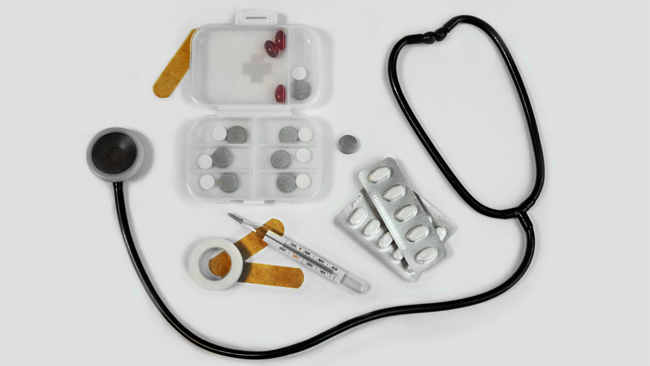Introduction
Providing adequate medical care to those in rural areas, be they in developed or developing nations, has always presented a unique challenge to medical professionals. Fortunately, several technologies are looking to bridge the gap and enable those living in rural areas to receive high levels of medical care. This article is dedicated to five technologies doing exactly that.
Telemedicine
With advancements in being able to offer cheaper mobile devices paired with broadband internet, now patients do not need to meet their doctors and other medical professionals in person. This can be done remotely, with in-person appointments reserved for when they are an absolute necessity. By providing such an option, telemedicine in rural areas can allow users to have prescriptions filled from the comfort of their own homes. With healthcare professionals in rural areas needing to cover large geographical areas, being able to consult remotely can alleviate the burden on the area’s medical infrastructure.
Telemedicine can also provide increased levels of care for those at home but still recovering from surgery or illness. Being able to provide regular updates to their carers can lead to better decisions made during the recovery phase.
3D Printing
Even in urban areas that require prosthetics, the process can be daunting and expensive. Following the advent of 3D printing drastically reduced costs associated with producing and fitting prosthetics. For those in rural areas, the reduction in cost goes somewhat to alleviate travel costs and other hospital costs. Production time was also significantly reduced with some companies being able to produce a prosthetic in six hours.
Virtual Reality
For medical professionals staying abreast of developments in surgery, for example, can be difficult. Through the use of Virtual Reality, rural professionals can practice and learn new skills through the use of technology. Further, the technology can be used to guide a first responder or inexperienced doctor through a life-saving procedure by giving the experienced doctor a view of the patient.
While there are still many hurdles to providing high levels of care to rural areas, virtual reality provides the opportunity to help bridge skills gaps. By being able to bridge those skills gaps, lives can be saved and ultimately improved.
Mobile Stroke Units
Mobile Stroke Units, or MSUs, are ambulance-like vehicles used to treat those requiring critical and immediate care while suffering from a stroke. In urban areas, hospitals have dedicated stroke units to provide the level of care required to help save lives. In rural areas where the distance to a hospital can be far longer than in urban areas, the increase in time to treat stroke sufferers can prove a deciding factor. An MSU looks to cut down that time while still providing high levels of care. In countries like Australia MSUs have proved a successful addition to hospitals in rural areas.
Electronic Medical Records
Being able to track patients and their treatment data with a few clicks can prove immensely beneficial. That is exactly what Electronic Medical Records aim to do. When these records are networked, either via traditional network infrastructure or cloud computing, doctors can be granted access to the patient’s entire medical history just by accessing the network. This enables better decisions to be made about future care. Such a database can be used to increase the efficiency and level of care in rural areas.
Conclusion
There has been a drive in recent years to use technology to benefit the level of care received by those living in rural areas. It is hoped that this trend continues and unlocks the potential of medical professionals who look to care for those in rural areas.




Leave a comment
Have something to say about this article? Add your comment and start the discussion.